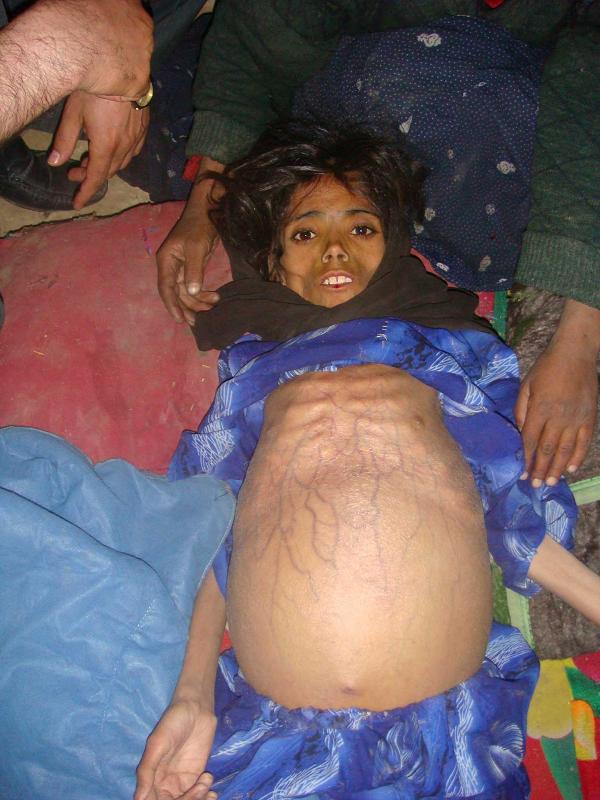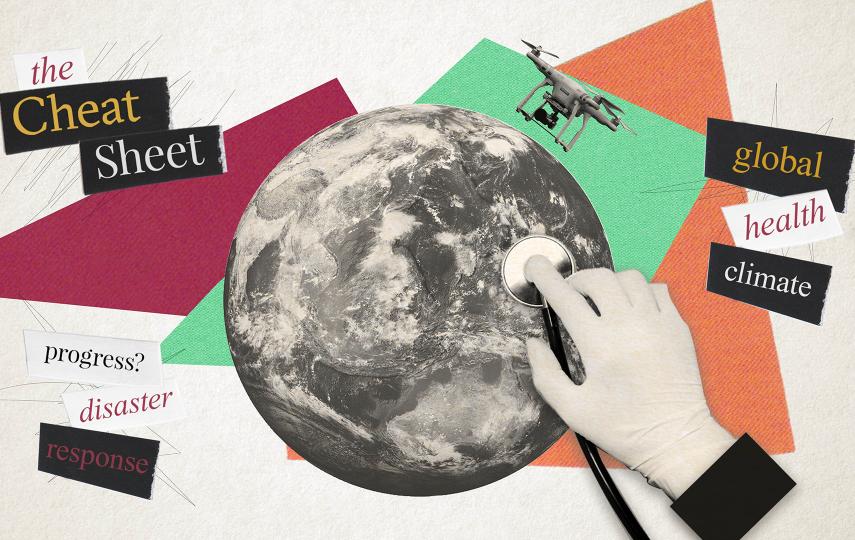The disease - which causes rapidly filling ascites (an accumulation of fluid in the peritoneal cavity), severe abdominal pain, vomiting and jaundice - killed a 15-year-old boy on 8 December, according to local health workers.
"VOD of the liver is a form of toxic liver damage caused by pyrrolizidine alkaloids," the UN World Health Organization (WHO) has said.
Laboratory tests at the National Institute for Public Health in the Netherlands in May confirmed the disease is caused by exposure to pyrrolizidine alkaloids found in `charmak', a poisonous weed believed to be growing mostly alongside cereals in Gulran District of Herat Province, and which often finds its way into locally produced wheat flour.
`Charmak’ disease was first reported in Gulran District in November 2007, and the Health Ministry said "no new outbreak" had occurred since May 2008, largely owing to increased public awareness.
"Diagnosed cases have increased because patients who were infected five or six months ago are seeking treatment," said Abdullah Fahim, a spokesman for the Health Ministry.
But Aziz Noorzai, head of Gulran's 25-bed hospital, told IRIN at least eight people had been recently infected. "We diagnosed 22 new cases… of which eight were infected… within the last month."
Despite the prevalence of the disease for a long time, there is still no effective medication available in Afghanistan to treat patients, health officials in Kabul and Herat said.
Animal husbandry affected
Animal husbandry and agriculture are the two main sources of income for people in Gulran District. Local people, however, say they now need emergency food aid because `charmak’ has badly affected their grain harvest and livestock.
The outbreak of `charmak’ disease and awareness messages by health workers have prompted local residents to stop consuming locally produced wheat flour, fearing it could be contaminated by the poisonous weed.
Livestock deaths have reportedly increased in the past several weeks causing fear among herders: The fatally toxic `charmak’ weed is suspected to have killed 1,000 sheep, cows and goats over the past month. Thousands of livestock have perished since November 2007.
The head of Gulran District, Golam Farooq Majroh, warned that people would "abandon everything and move to other areas" if animal deaths were not curbed through the urgent provision of safe fodder.
[IRIN’s LAST REPORT ON THE DISEASE WAS IN MAY 2008.]
khn/ad/at/cb
This article was produced by IRIN News while it was part of the United Nations Office for the Coordination of Humanitarian Affairs. Please send queries on copyright or liability to the UN. For more information: https://shop.un.org/rights-permissions





